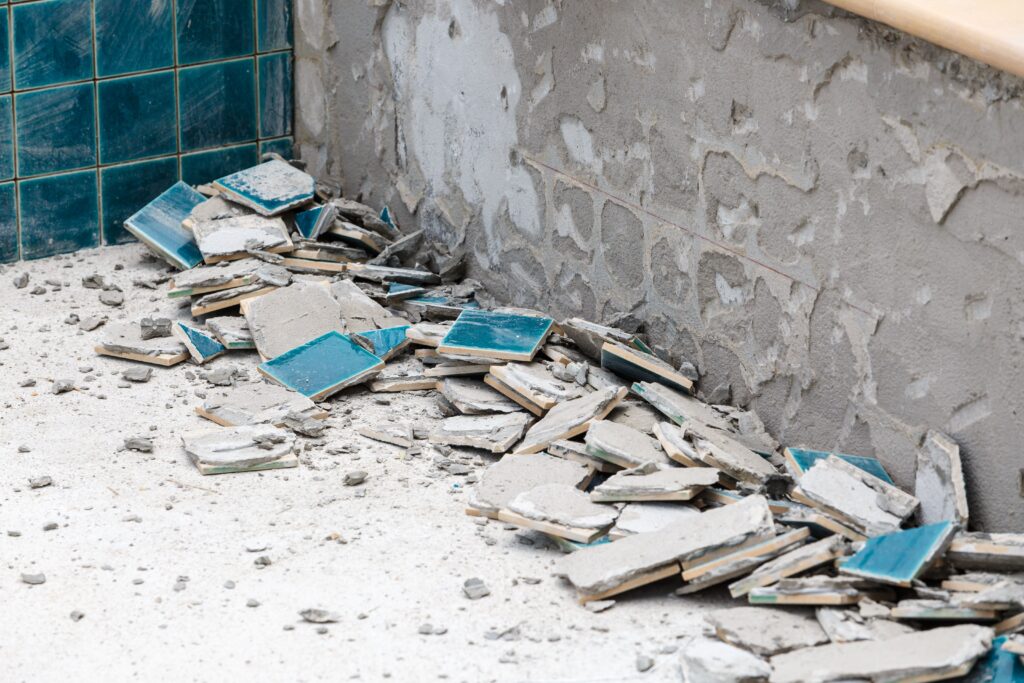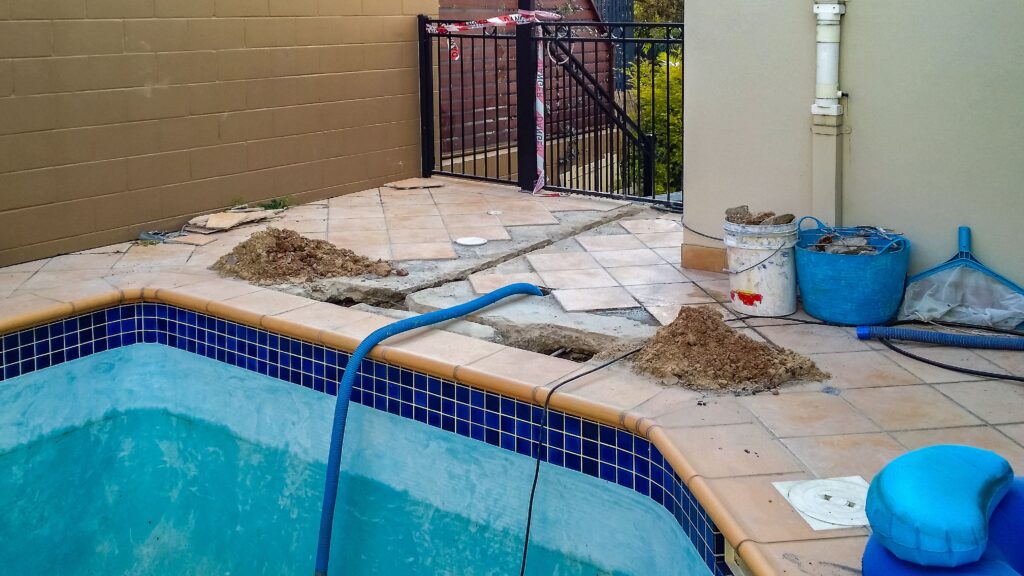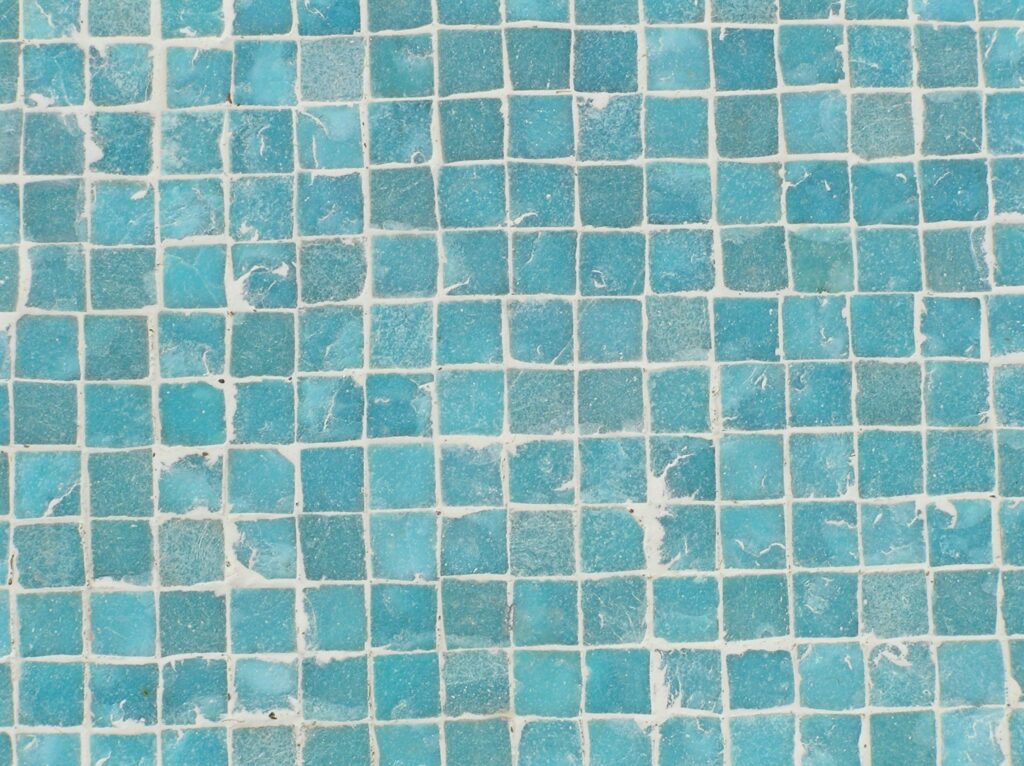Understanding and Resolving Pool Tile Issues
Introduction
When encountering pool tile issues or problems, swift and appropriate action is imperative to maintain the structural integrity and aesthetic appeal of your swimming pool. From cracked tiles to adhesion failures, addressing these issues promptly is key to preventing further damage and ensuring safety. In this guide, we delve into common pool tile issues and provide expert insights on effective resolution strategies.
Identifying the Root Causes of Pool Tile Problems
1. Substrate Failure: A Foundation for Concern
Substrate failure, often stemming from cracks or structural weaknesses, compromises the bond between tiles and the pool surface, leading to detachment and displacement.
2. Installation Errors: Undermining Longevity
Improper installation practices can introduce vulnerabilities in tile adhesion, increasing the likelihood of delamination and detachment over time.
3. Water Seepage: A Silent Threat
Ingress of water behind tiles, facilitated by compromised coping or grouting, undermines adhesion and fosters conditions conducive to tile damage and displacement.
4. Coping Compromises: Gateway to Trouble
Damaged or deteriorating coping provides pathways for water infiltration, exacerbating tile adhesion issues and posing structural risks.
5. Grouting Challenges: Weak Links in the Chain
Incorrect grout selection or application can weaken tile bonds and compromise overall structural integrity, necessitating timely intervention.
6. Material Deterioration: Aging Concerns
As pool components age, materials such as mortar set stone and concrete coping may deteriorate, leading to cracks, delamination, and heightened vulnerability to damage.
7. Structural Shifts: Straining Stability
Structural movements, whether due to settling or external factors, can strain tile adhesion and exacerbate existing issues, highlighting the importance of robust installation and maintenance practices.
Effective Strategies for Rectifying Pool Tile Issues
Understanding and Resolving Pool Tile Issues
1. Thorough Assessment and Preparation
Begin by conducting a comprehensive assessment of the affected area, identifying underlying causes and preparing the surface for repair by removing damaged grout and ensuring proper drying.
2. Meticulous Mortar Mixing
Follow manufacturer guidelines meticulously to prepare repair mortar, ensuring optimal bonding strength and consistency to promote durable repairs.
3. Precise Tile Replacement Techniques
Carefully replace damaged tiles using appropriate mortar application techniques, ensuring proper alignment and adhesion to restore structural integrity effectively.
The Value of Professional Assistance
While DIY repairs may seem appealing, engaging professional services offers numerous advantages, including expertise, efficiency, and the assurance of quality outcomes. Companies like Fujiwa Tiles bring decades of experience and specialized knowledge to address pool tile issues comprehensively.
Conclusion: Safeguarding Your Pool’s Integrity
Understanding and Resolving Pool Tile Issues
In conclusion, proactive identification and resolution of pool tile issues are essential for maintaining the functionality, safety, and aesthetics of your swimming pool. By understanding the underlying causes of these problems and implementing effective repair strategies, you can ensure long-term enjoyment of your pool with minimal disruptions.
Frequently Asked Questions (FAQs)
- How can I prevent pool tile issues from occurring?
Regular inspection, maintenance, and timely repairs are crucial for preventing common pool tile problems and preserving pool integrity. - What role does coping play in addressing pool tile issues?
Coping serves as a protective barrier, preventing water infiltration and minimizing the risk of tile damage and displacement. - Why should I consider professional assistance for pool tile repairs?
Professional services offer expertise, efficiency, and quality outcomes, ensuring effective resolution of pool tile issues with minimal hassle. - How can I contact Fujiwa Tiles for assistance with pool tile problems?
For expert guidance and support regarding pool tile issues, reach out to Fujiwa Tiles for personalized solutions tailored to your needs. - What sets Fujiwa Tiles apart in addressing pool tile challenges?
With a legacy of excellence spanning over 30 years, Fujiwa Tiles offers premium-quality products, unmatched expertise, and dedicated customer service to address all your pool tile needs.



